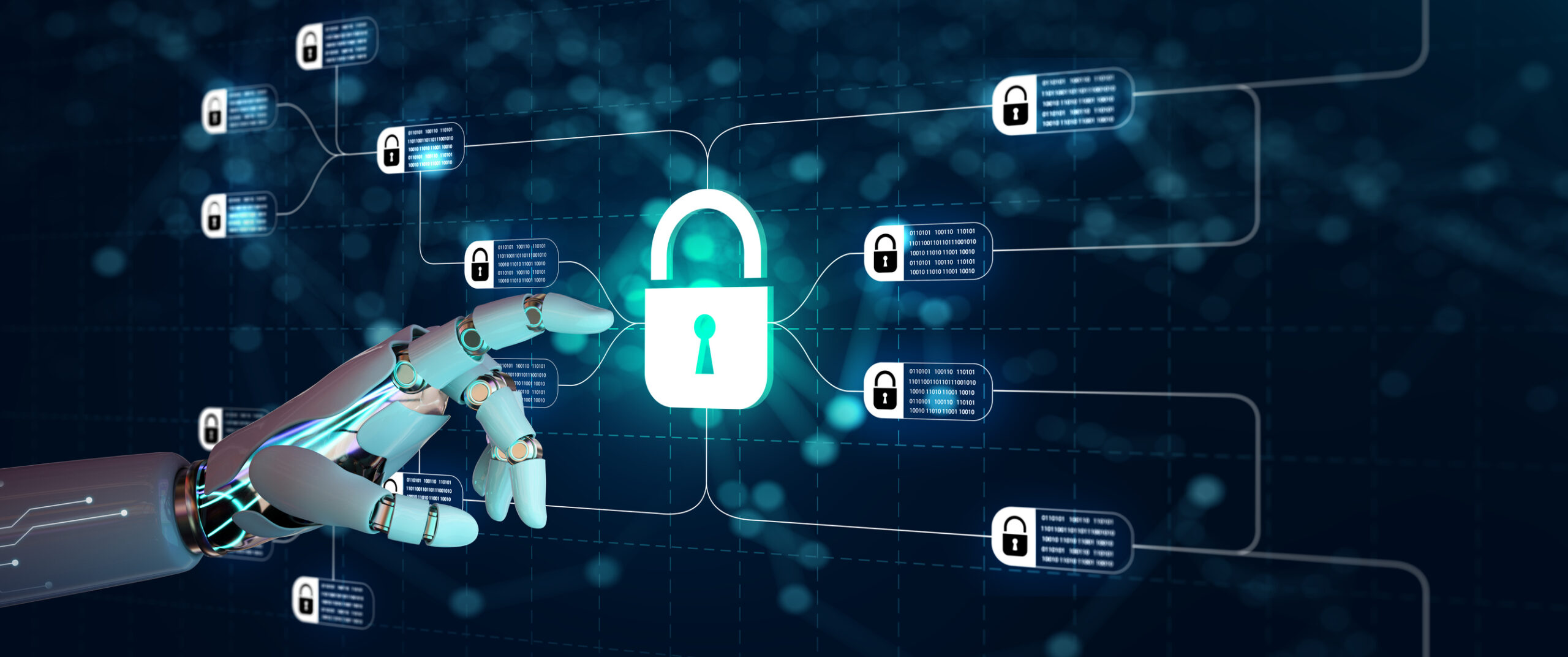
Human error remains a significant risk for organizations when it comes to cyber threats. In fact, according to Proofpoint’s 2024 Voice of the CISO report, 74% of CISOs view human error as their organization’s biggest cyber vulnerability. However, 86% of CISOs believe employees understand their role in protecting the organization, which gives them hope for improvement.
One of the most common errors people make when it comes to email security is the accidental clicking on phishing links. An increasing sophistication in phishing attempts has many employees falling victim to these tactics. The 2024 Proofpoint State of the Phish report finds that 68% of working adults admitted to taking risky actions online even when they knew it was unsafe, underscoring the need for ongoing education and awareness.
Other frequent errors include failing to recognize spoofed email addresses, misinterpreting suspicious attachments, and not reporting potential threats. These issues can often be addressed through continuous, role-specific training and by embedding security protocols into the daily workflows of employees.
Effective training for recognizing and responding to email threats
To effectively train employees to recognize and respond to email threats, organizations must adopt a structured approach to security education by offering threat-driven, adaptive learning programs. These programs assess user vulnerability, target specific knowledge gaps, and provide continuous, tailored education to foster a deeper understanding of security risks.
Training should include simulated phishing exercises that mimic real-world attacks and provide hands-on experience in recognizing threats. The training content should be engaging and tailored to individual factors such as role, industry, and skill level. This personalized approach ensures employees are more likely to retain and apply the knowledge they acquire.
Measuring the effectiveness of email security awareness programs
Measuring the effectiveness of an email security awareness program is vital to ensure it delivers the right outcomes. When investing in an awareness training program and platform, seek one that provides tools for tracking and analyzing the impact of training initiatives. Be sure it delivers insights into key behavioral metrics such as click rates on phishing attempts, reporting accuracy, and overall improvements in security behavior.
Regular assessments and the use of benchmarking against industry peers allow organizations to gauge their progress and make needed adjustments to their programs. Security leaders will want to see metrics that include a reduction in clicks on real-world threats over several months, which can be a clear indicator of success and can be communicated to stakeholders to showcase the value of the training program.
Embedding email security awareness into your organization
Building a culture of email security awareness is an ongoing process that requires commitment from both employees and leadership. By understanding common human errors, implementing effective training programs, utilizing the right tools, and continuously measuring the effectiveness of these efforts, organizations can significantly reduce their vulnerability to email-based threats.
Proofpoint’s security awareness solutions can equip your organization with the framework and tools necessary to cultivate a robust security culture within any organization. Learn more at https://www.proofpoint.com/us/products/threat-defense.




